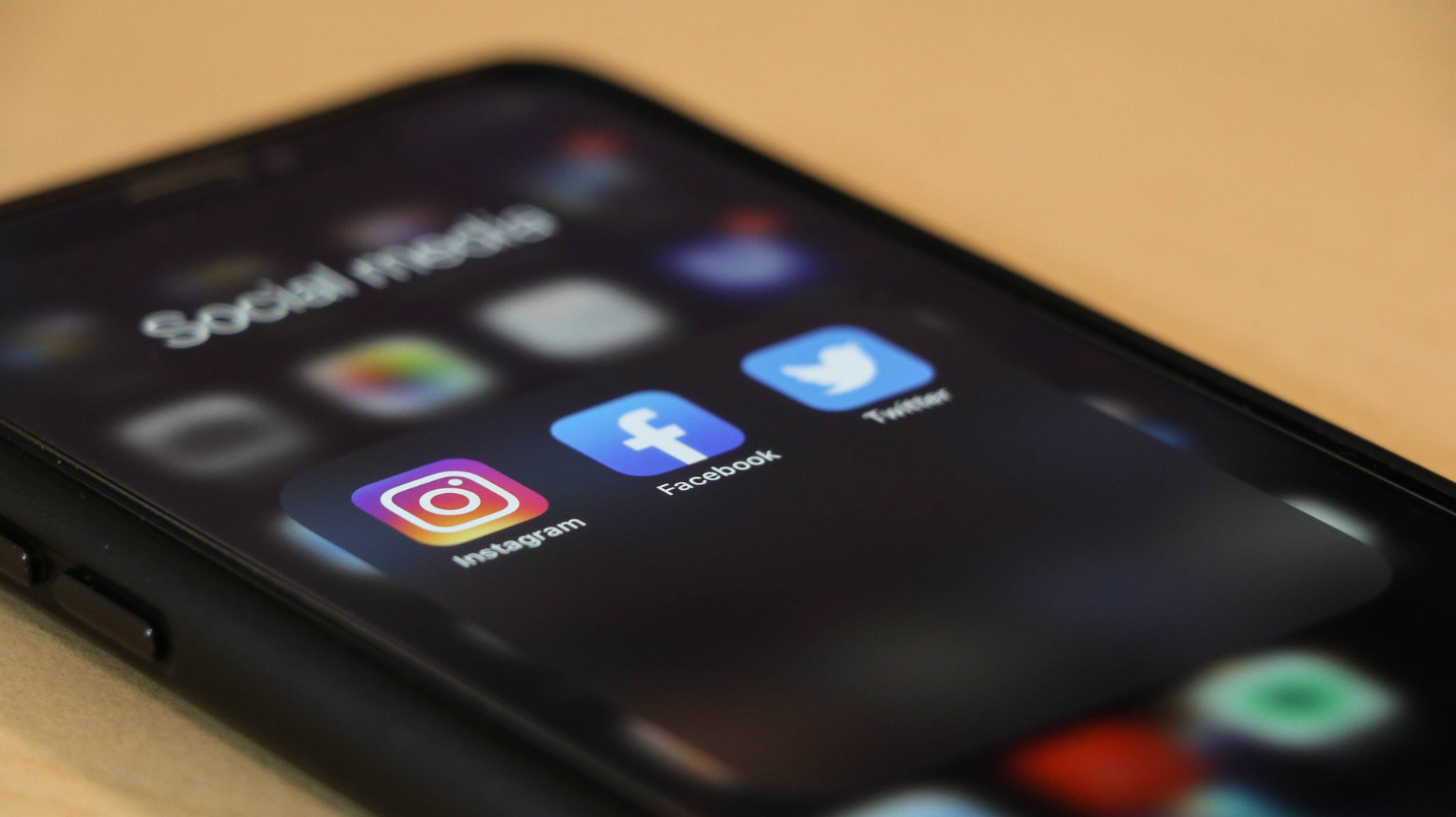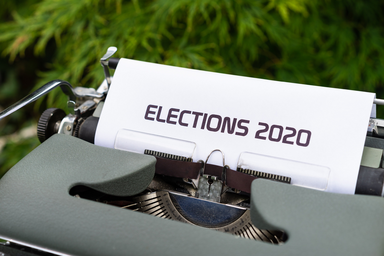While lying on your bed and scrolling through Facebook or Twitter, you may see dozens of advertisements sponsored by electoral campaigns. In Puerto Rico, 2020 has seen a mass of social media campaigns, with young people being the main target of these. Why is this shift so important though? Could the effect of social media mark a notable difference between these elections and the previous ones?

Why is social media so important?
Throughout the decades, traditional campaigns have allowed candidates to connect with the community through visits to their homes, workplaces, or even downtown while shopping. That in-person approach might be the most effective one, but it’s also the most difficult one, as it requires much more time from each candidate’s schedule.
Television and radio campaign strategies require both time and money, but they help the candidate reach more people, although it might take a bit more effort. Through commercials, candidates can present empathy toward the community, their routines, or even their needs― anything to make the general public feel identified or close to them. This can be seen in this 1992 campaign ad for Pedro Rosselló for the governor position in Puerto Rico.
It’s not that these types of campaigns are obsolete, because there’s a part of the population that does not have access to social media, so the candidates need to appeal to them with a more traditional approach. However, it’s also true that candidates need to invest time and resources to lead social media campaigns that could be effective for all ages in order to ensure a more successful campaign.
Political scientist Benjamin Ginsberg discusses in his book We the People the importance of both online participation and offline participation in a political campaign.
“Online participation in elections includes discussing issues or mobilizing supporters through email and social media, posting comments on blogs and online news stories, contributing money to candidates, visiting candidate and political party websites, creating and viewing online campaign ads, campaigning on social networking sites, and organizing face-to-face neighborhood meetings through social media,” lists Ginsberg.
Instagram, Twitter, or Facebook pages for campaigns are vital to sharing the ideas that the candidates want to express about their government plan for the country, but also to generate a conversation about the people’s worries and expectations.
Social media campaigns could also serve as a way to sympathize with the community and make them feel as if the candidate is just another friend in your crew. For example, Juan Dalmau Ramírez, candidate for governor for the left-wing party Partido Independentista Puertorriqueño (PIP), humoredly tweeted to his son that he should cut his hair (as if he needed a barber ASAP), to which his son replied that he would not get a haircut until his father accepted that he is not a size medium in clothes anymore, but a large. Sharing those personal ideas and conversations, believe it or not, appeals to the masses, moving the candidate much closer to his audience and other people.

Is social media enough to win over the masses?
Even though it is a great channel, without offline participation, candidates wouldn’t be able to get as many votes as they would need to win. You may have not done anything significant if that support or interaction on social media can’t be seen at the ballots. How do you get there? Ginsberg also explains that, “Online participation is also linked with discussing politics with friends or family, developing an interest in politics in general, and being politically knowledgeable.” In other words, it’s not enough to lead a social media campaign if supporters don’t continue those online conversations in real life, be it with family, friends, or colleagues.
A good example of this dilemma is Alexandra Lúgaro Aponte, the current and only female governor candidate running for Movimiento Victoria Ciudadana (MVC), a party that carries a mix of right and left-wing ideologies.
In 2016, Lúgaro Aponte ran as an independent candidate for governor, leading a unique social media campaign that revolutionized the effect of traditional campaigns on the Island. Even though she did not win, she won 175,831 votes, an 11.13% of the total election, which was more than the candidates from other established parties, such as the PIP and the other left-wing party at the time, Partido del Pueblo Trabajador (PPT), got. She did something out of the norm that gave her solid results, and currently, for these 2020 elections, not only is she directing a campaign through social media, but she’s paired it with typical television and radio announcements, which we already know appeal to an older population that may not be familiar with social media.
Another example of political social media campaigning is Donald Trump, the current president and candidate for a reelection in the United States. In 2016, even with the accusations of sexual harassment that surfaced a month before the general elections, he still gained a surprising amount of votes (and I won’t say he won the election thanks to these votes, because it all depends on the electoral college, a heavily criticized system throughout the years). Trump is often linked to the frequent use of social media, including his two Twitter accounts: the formal one and the less serious, more personal one.
The result
Now that we know how social media really works in political campaigns, and the importance of sharing online content with our social circles, we can analyze how the candidates in Puerto Rico and the United States are using social media to motivate people to vote and how much information we are sharing with the people surrounding us.
However, the social media effect is only one perspective, as there are plenty of reasons for which a candidate could win.
For example, some studies reveal that Trump’s viability in 2016 could’ve been based on how people perceived the economy or the party identification, between other reasons. This year, for example, as scholars discussed, the pandemic factor will be essential for future studies that will analyze the impact it had on people’s votes.
As Ginsberg discusses in We the People, the attachment of a person to the traditional ideology of a party, the comments made by a candidate on central issues such as healthcare, education or security, and how much someone identifies with a candidate because of their religion or skin color, may also motivate a person’s vote. Social media could just as well help candidates either attract or repel people’s votes.
This year’s elections are crucial both here on the Island and in the USA. The political analysis will be more meticulous with the pandemic stepping on the campaigns. Due to social distancing measures, the investment in social media to reach people may have been greater, but we will have to wait a little longer to confirm those results.
Social media is just part of a whole, with surprises that will probably pop up in the future. Even if it’s just to compare and contrast the use of this strategy, one thing is for certain: social media is now a tool for political campaigns, and it’s here to stay.



